ICP-LEA
Are you practicing the Leadership you aspire to? Becoming the leader you would like to be, does not happen by chance but by working continuously to improve and grow. To change others, you must start by being the change you want to see.
Achieving effective leadership begins with leading oneself. Enhance your leadership skills by developing an adaptive and agile leadership style.
Leading others starts with developing self-leadership, understanding biases and how behaviors affect others, and learning how effective communication can be vital in relating to others.
Agile Leadership is about creating an environment where people can be their best. To lead others, we first need to understand ourselves. The course will provide insights to understand yourself on a deeper level better, why you do what you do, and how you can use this knowledge in interaction with others.
Our course is available as a dynamic 2-day workshop or 10 engaging 2-3-hour online sessions, leading to a Professional Certification in Agility in Leadership with Agile People and ICAgile.
Whether you are a leader or an individual seeking to elevate your career, this course is designed for you. Invest in your own personal and professional development.
You will gain the knowledge, skills, and mindset necessary to drive impactful outcomes, build strong relationships, and create a positive and adaptive work environment. Develop relevant leadership capabilities and stay ahead of the curve in today’s dynamic business landscape. Enhance career opportunities and join a network of professionals committed to adaptive leadership.
Our interactive group sessions encourage sharing experiences, discussions, and hands-on learning through our Learning Management System (LMS).
Don’t miss out on the opportunity to take the first step toward becoming the leader you would like to become.
Target Audience

Leaders at all levels who see the value of growing a collaborative, people-centric organization and are committed to developing the people on their teams.

Agile coaches want to learn more about the human aspect of agile and to better facilitate effective teamwork and collaboration within organizations.

Consultants that want to deepen their agile understanding to support customers in agile transformations better.

HR professionals at all levels who want to understand and develop people-centric processes and leadership.

Curious individuals who seek growth and new challenges and believe in people-centric organizations.
What Differentiates Our Courses & Training Programs
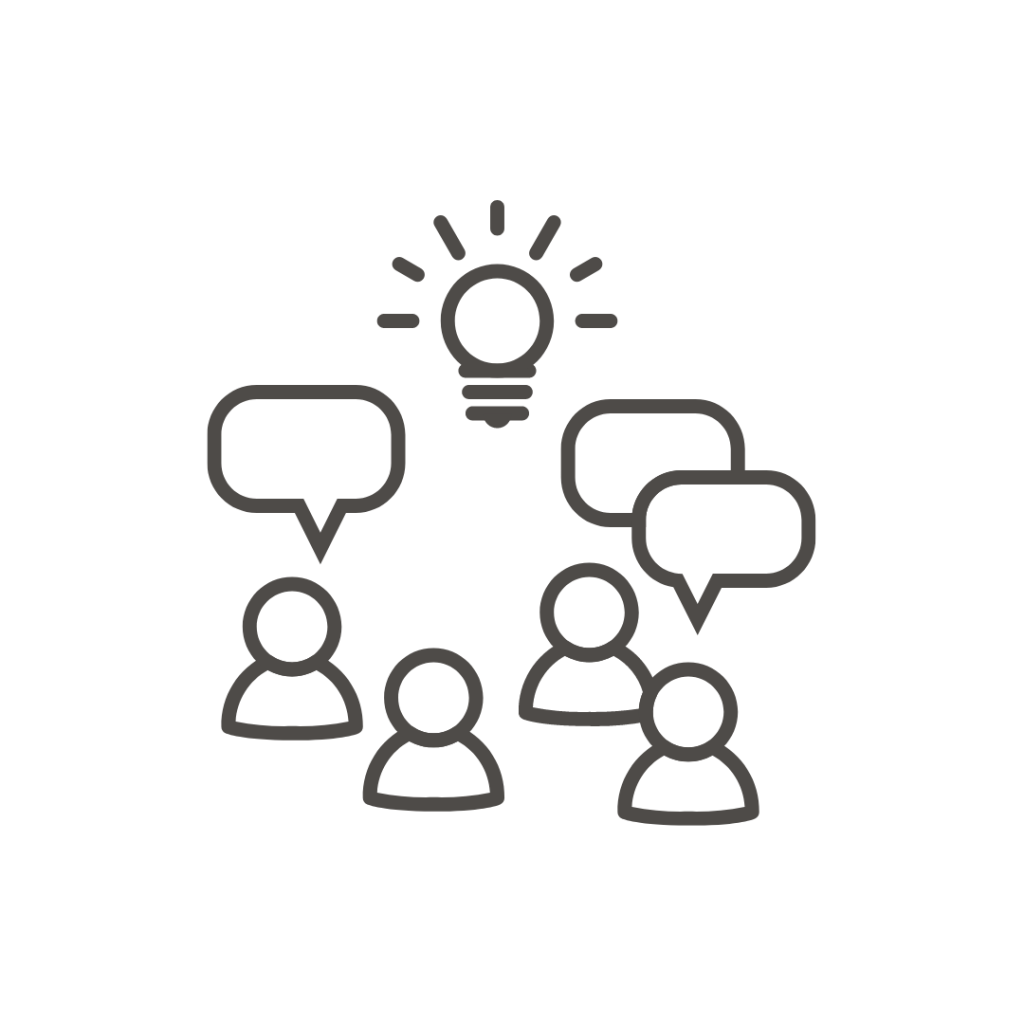
Our approach emphasizes interactive group work, enabling participants to learn from one another through shared experiences and knowledge during engaging group discussions.
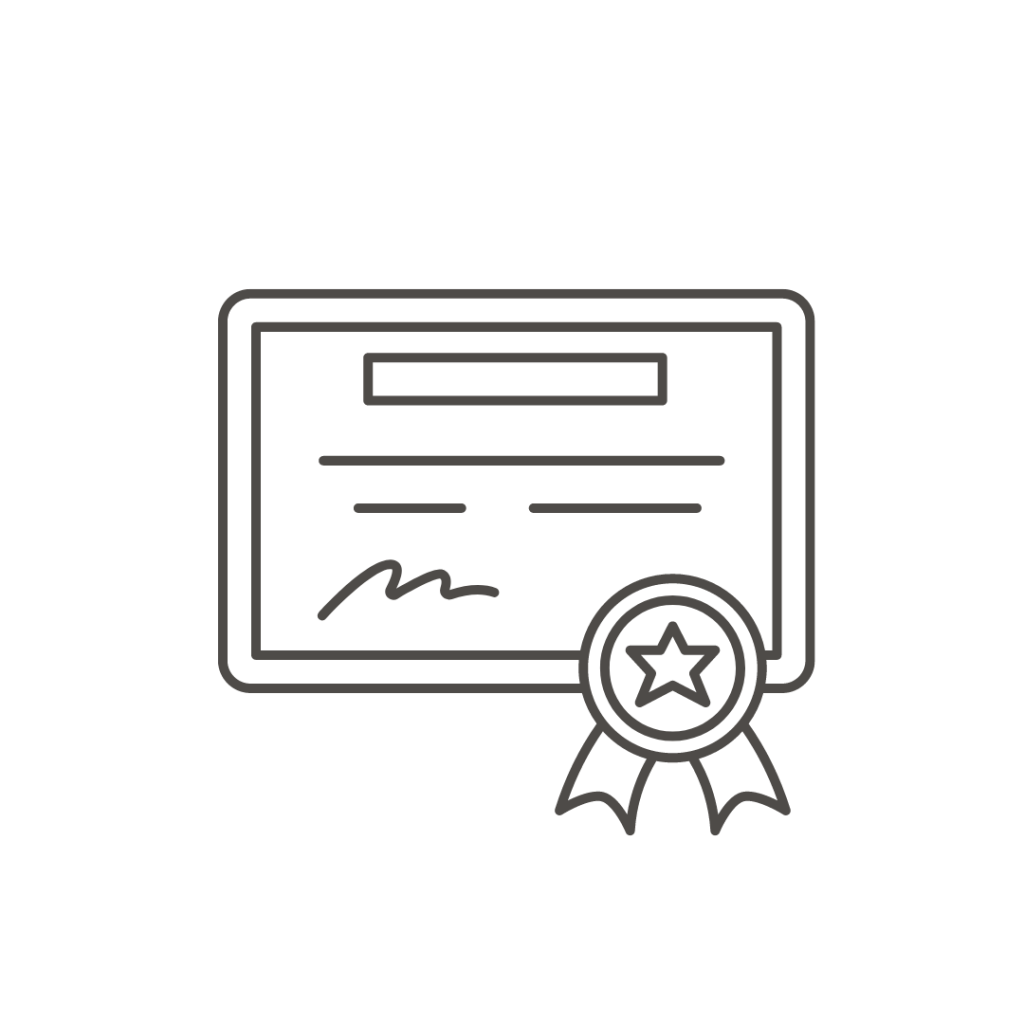
The course leads to a Professional Certification with Agile People and ICAgile. To ensure top-quality learning experiences against proven Learning Outcomes, our courses are accredited by ICAgile, a leading global agile accreditation and certification body.
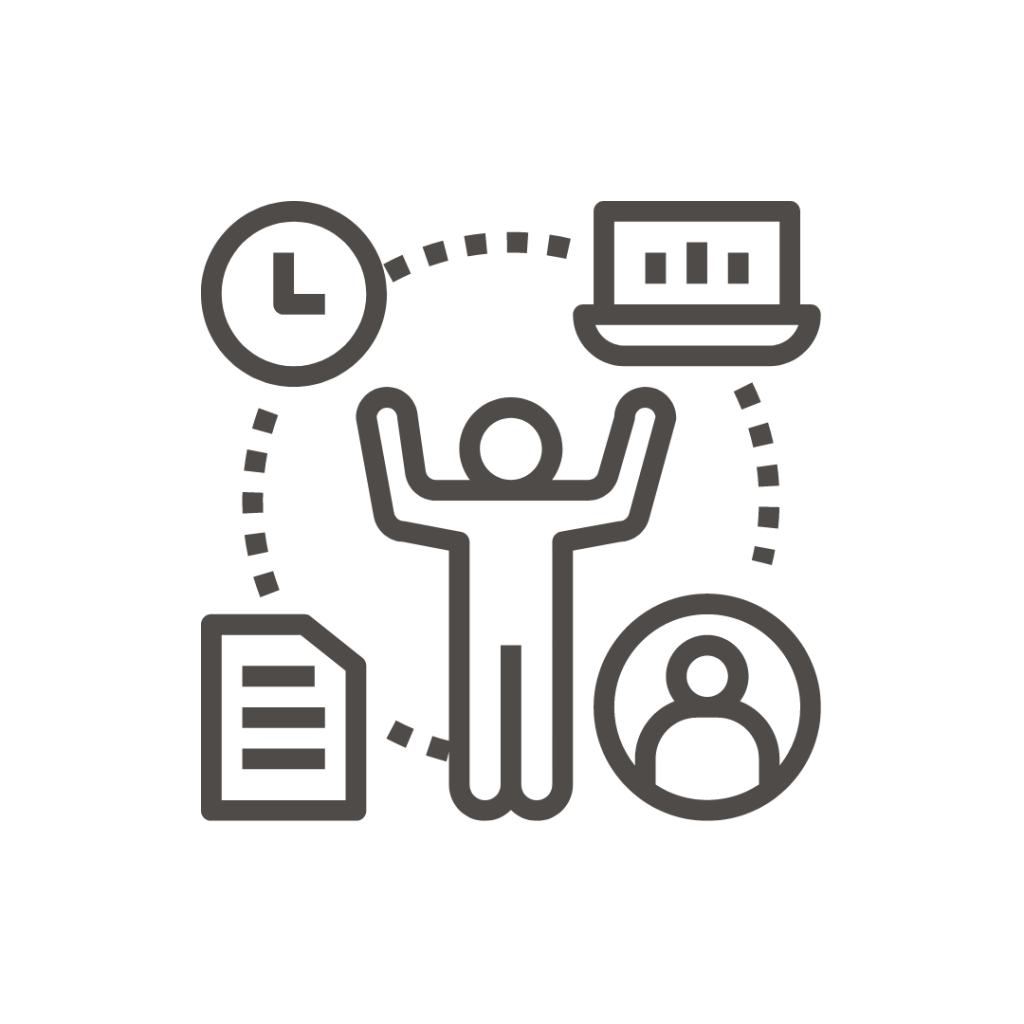
With both the online and in-person workshop, you will gain access to our Learning Management System (LMS), where you can delve into the theory and acquire in-depth knowledge of the subject matter at your phase.
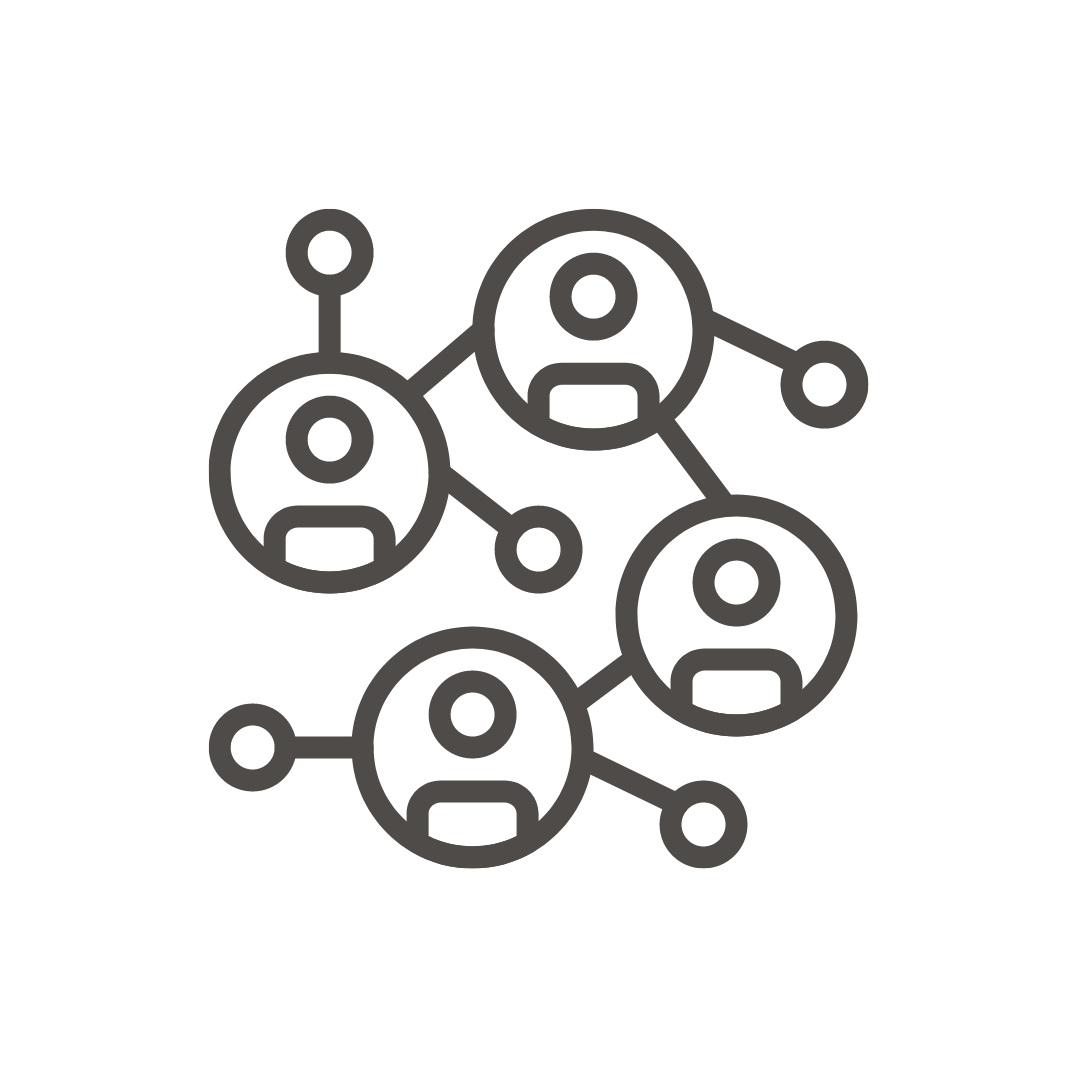
The training will teach you new skills and practical tools while establishing valuable connections. As part of our commitment to your agile journey, we organize regular events to enrich your learning experience further.
At Agile People, we consistently offer online training sessions and in-person workshops. Our dedication is to ensure that every participant gains the knowledge and skills they seek, whether they’re joining us virtually or in person.
Across the globe, our licensed, experienced trainers deliver our training courses and programs with the same dedication, and we are proud to have this global footprint. They frequently offer instruction in their native languages for localized understanding and relevance.
More Course Information
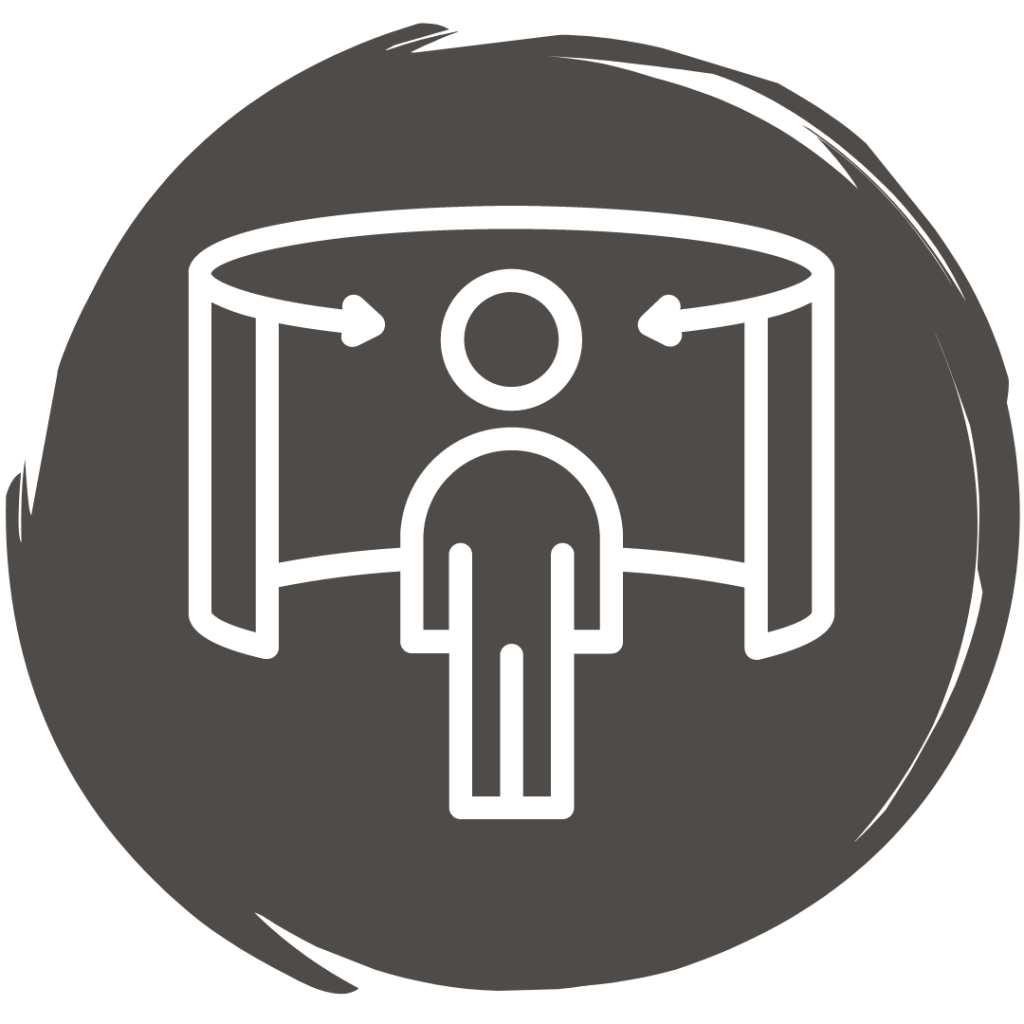
The online and in-person workshops cover ten key topics and are described more in detail in our Course Description.
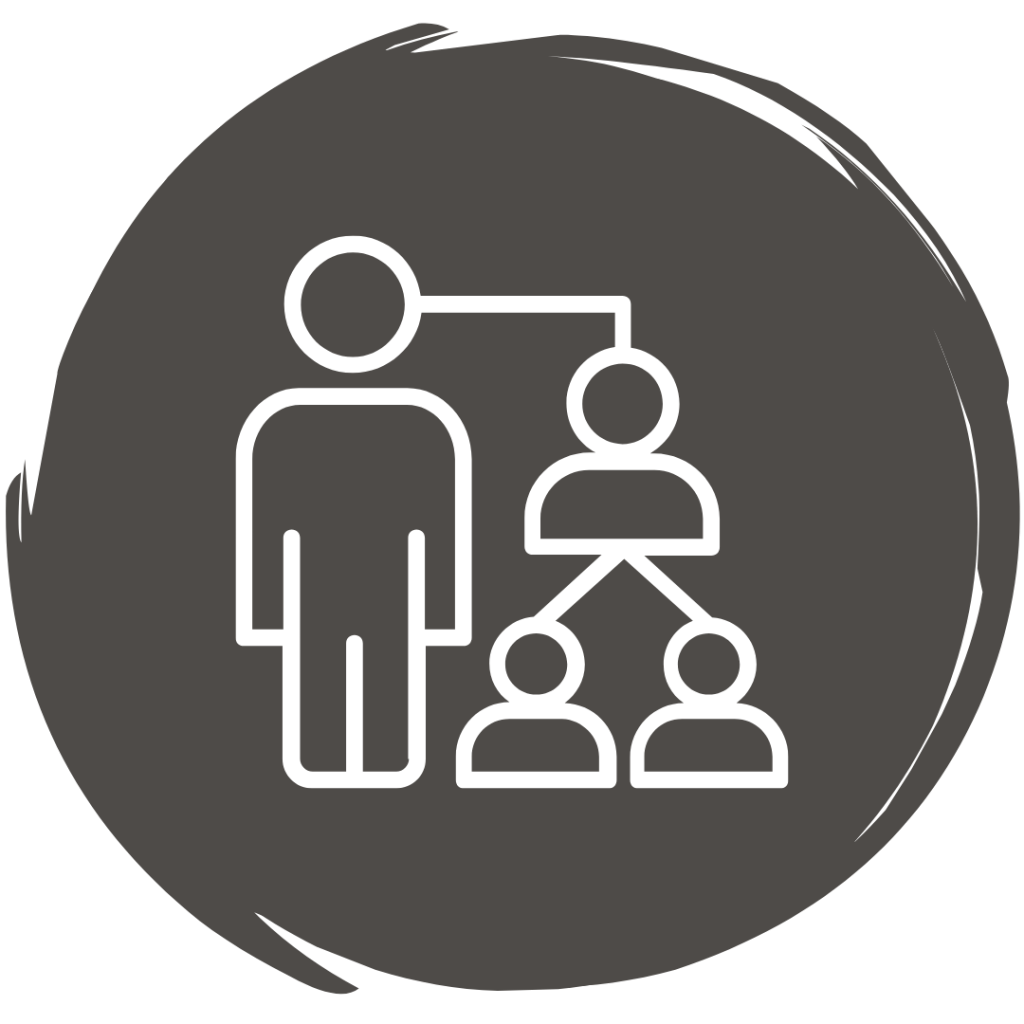
The training covers three perspectives; Individual (you), team (we in our group), and organizational (all of us).
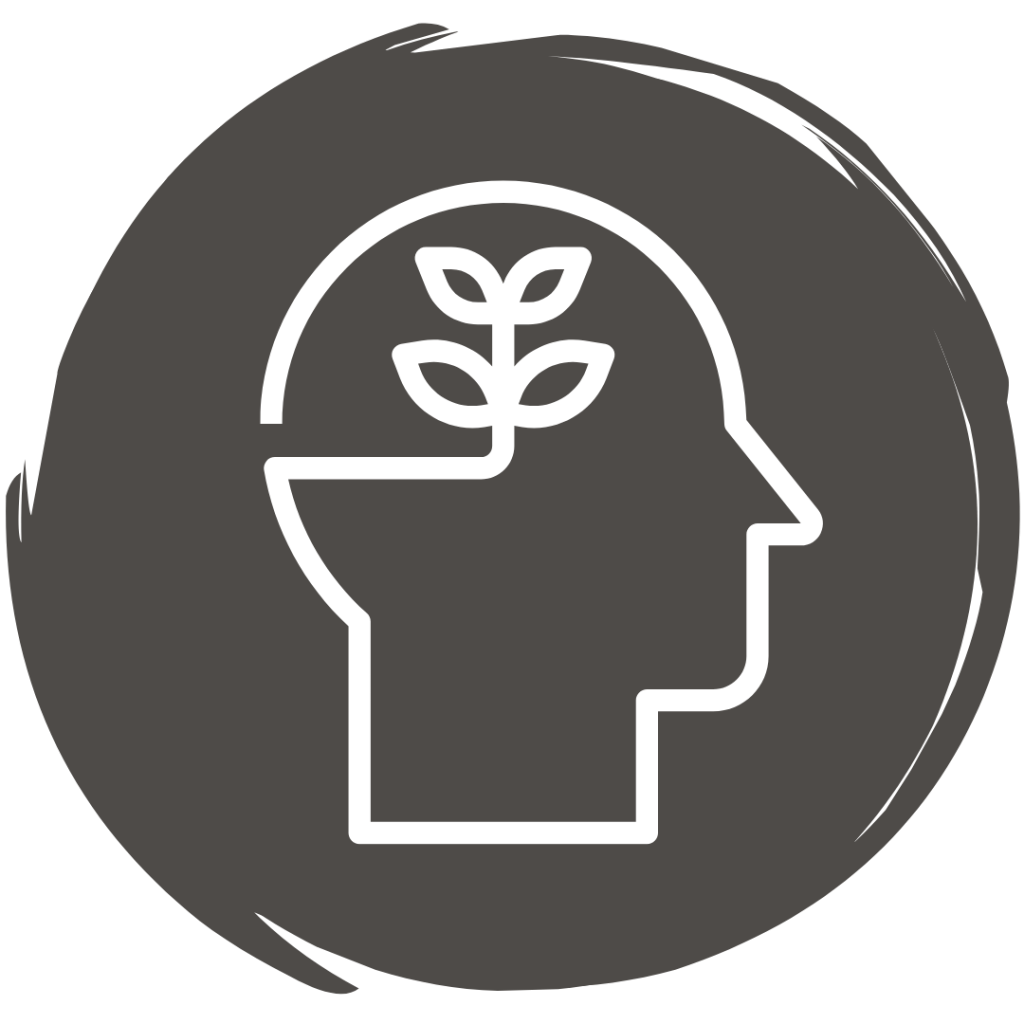
ICAgile accredits our courses and programs, and all our courses have a detailed learning outcome.
Other Courses
Copyright © 2024 Agile People Brazil
All rights reserved.

This course is divided into two parts, Agile People Fundamentals and Leading With Agility, and each part has five engaging sessions. Uncover the essential principles and practices of Agile People Fundamentals, followed by a deep dive into Leading With Agility.
Agile People Fundamentals
Session F1: Introduction to Agile People and Important Principles/Tools
The foundation of Agile Peoples’ mindset is about the principles, values, methods, and tools we need to start using to release competence and innovation – and what we stop doing. We discuss your challenges and go through the certification assignment. This session is an introduction to the agile way of working and thinking.
Session F2: Psychological Safety as a Foundation for a Learning Organization
The importance of an approach that is permeated by security and confidence to increase profitability and innovation is emphasized in this session – we need psychological safety to increase creativity through a culture where it is ok to fail fast and try again. We play “The Psychological Safety Game” to facilitate the dialogue about complex topics.
Session F3: Emerging Strategies, Structures, and Goals
Emerging strategies instead of long-term planning, new ways of working with strategy, budgets, goals, performance processes, and rewards. Using value stream mapping to optimize flows in a system instead of working with resource optimization and sub-optimization of departments. Mindset Slider exercise. WoWs to be used: Beyond Budgeting, OKRs, Impact Mapping, VSM, etc.
Session F4: Building Conditions for an Agile Culture
In this session, we explore how you can create conditions for a fantastic culture where people can perform at their optimal level, feeling supported and secure. The gap between structures and culture/values is discussed. Structure – Culture Misfit Role Play. The importance of country culture for an Agile transformation.
Session F5: Creating Conditions for Change
In today’s fast-moving and complex environments, we are challenged as people and as organizations to be much more responsive and adaptable to have the capacity to navigate in complexity. How can we make sense of things when things keep changing? How can we make decisions and act when we don’t have all the information we need most of the time?
In this module, we explore VUCA, try out a sense-making and decision-enabling framework for leaders (CYNEFIN), and explore what enables our organizations to become genuine learning organizations.
Talent Acqusition
Leading With Agility
Session L1: The Why & What of Leading with Agility
In this session, we explore the changing environment & dynamics that call for a different leading and following approach. We look into the misalignment between what managers think drives their people and what people – knowledge workers – expect from managing and leading them. Finally, we explore our understanding and expectations. What are some of the attitudes, expectations, and concrete behaviors we hope to see from people who lead with agility?
Session L2: Behaviors that Enable Agility
When you wish to make a radical change or transformation, understanding three things enables you to shift. Where are we coming from, where are we now, and where are we heading toward? This session explores the evolution of leadership theories and which leadership styles and approaches they have given birth to. We determine what is still relevant. And what needs to change. A big part of that shift comes from understanding the nature of Power & Influence and how we gain power might be changing. Finally, we look into specific qualities & competencies we can cultivate and develop to increase our agility.
Session L3: Knowing & Connecting with Yourself
If we cannot understand and embrace ourselves, we have little hope for fully understanding and accepting others. Understanding why we react to things in specific ways gives us the insights and ability to choose our responses better and change how we show up in our interactions. Leading others starts with developing our self-leadership. In this session, we explore ways to map and become more aware of our own experiences. We dive into heuristics – cognitive biases – to understand how they work and influence our thinking, how we can become more aware of them, and, most importantly, how we can counter them. Finally, we explore specific leadership mind-traps and how we can unlock those mind-traps to show up in better ways as leaders.
Session L4: Developing & Leading Ourselves
Having gained some insights into how we can know and connect with ourselves to choose how we respond to situations and show up in our interactions with others, it’s now time to put that into practice. We familiarise ourselves with the Clear Leadership model developed by Gervase Bushe and create the leader’s four selves. The Aware Self, the Descriptive Self, the Curious Self, and the Appreciative Self. We explore several different contexts where we can put these into practice. To better check in with people, give and receive effective feedback, step into coaching leadership, and defuse conflicts through creating interpersonal clarity.
Session L5: Skillful Communication
Communicating effectively, relating to others, creating and maintaining healthy interactions, having productive conversations, and ultimately influencing others require both practice and an understanding of the dynamics of effective communication. In this session, we work on the dynamics of effective communication through the lenses of several mental models, the dynamics of productive conversations, and the power of compelling storytelling to move and influence others. We explore three types of stories we can learn to identify and narrative patterns that help you tell compelling stories as a leader.
Why And What Of Leading With Agility
New Organizational And Leadership Capabilities We Need Today
Behaviors That Increase Agility
Developing Personal Agility
Developing Self As an Instrument
Developing Self As Leader
Developing Relationship Agility
Exercising Agility In Key Conversations
Leading To Agility
Organizational Transformation And Agility
Leading Change And Transformation
The Training Cover Three Perspectives:

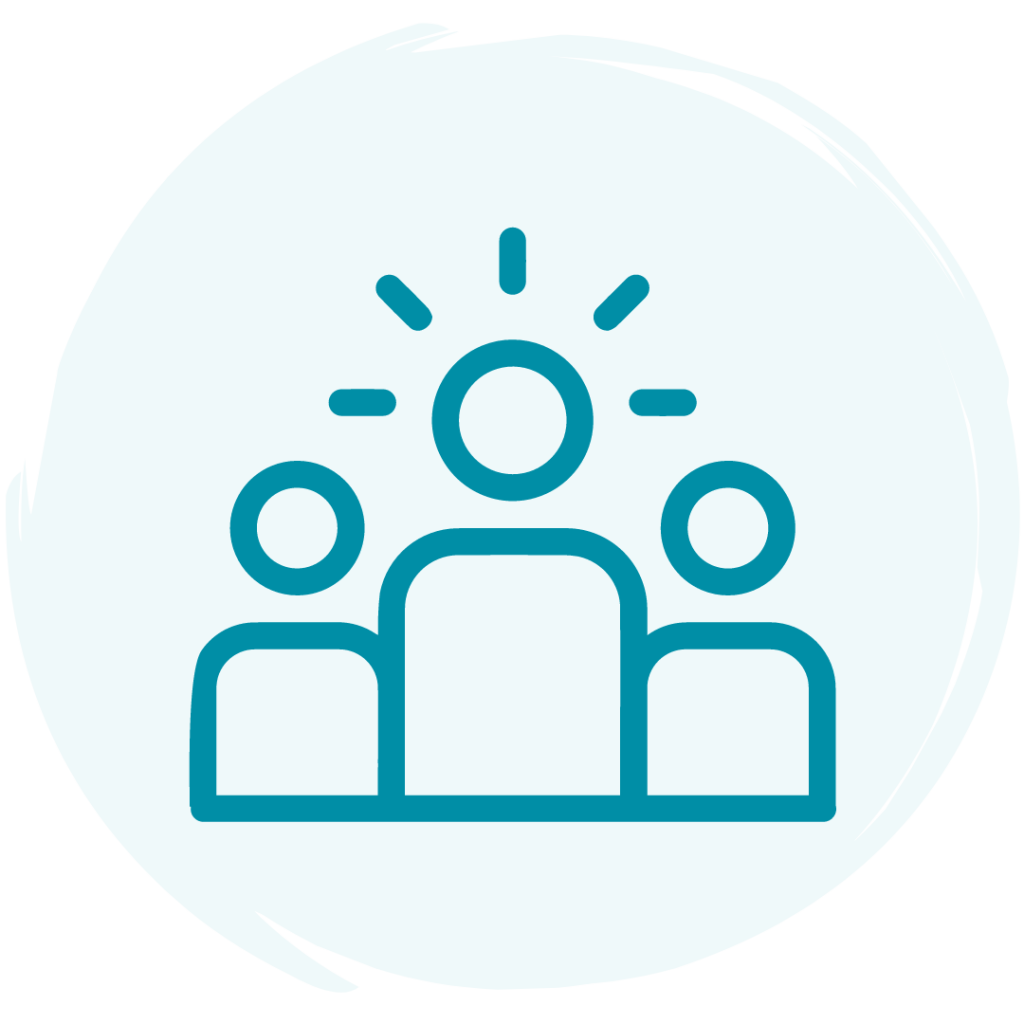
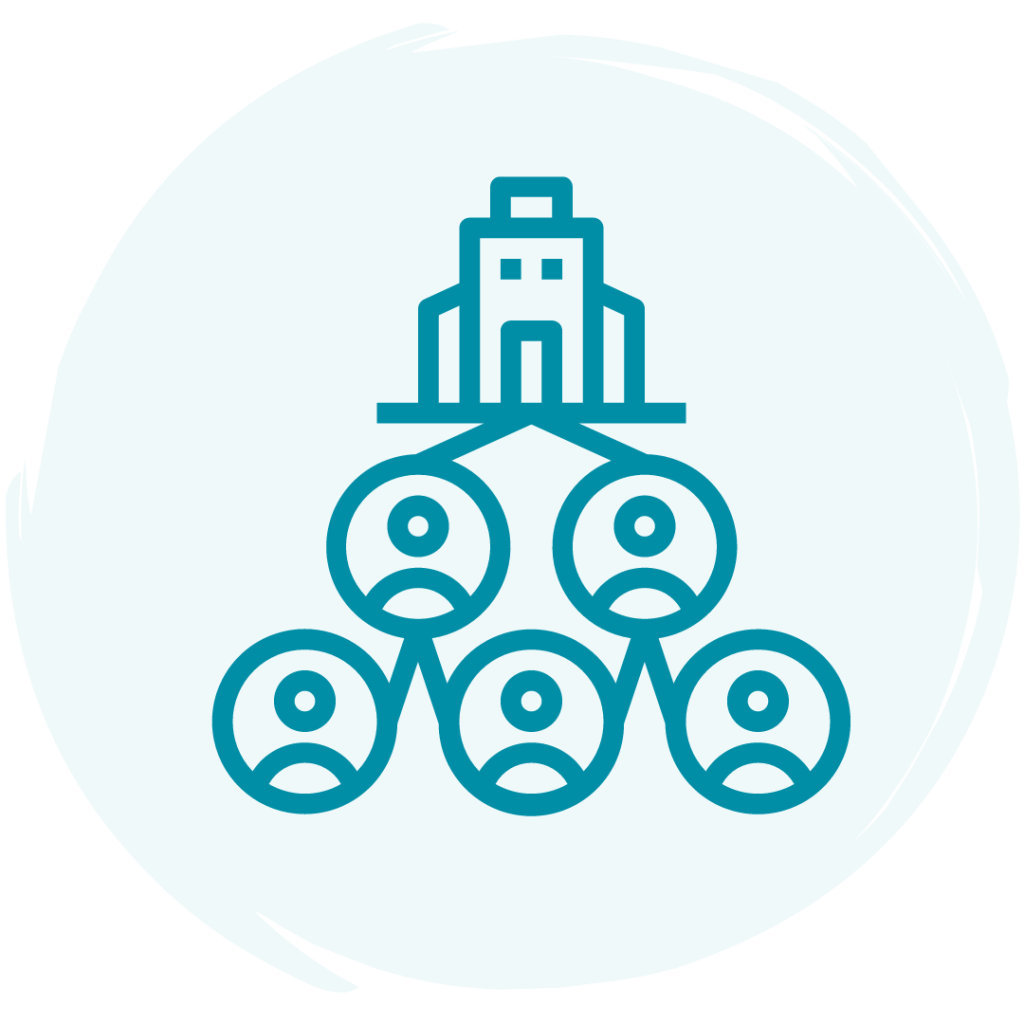

Glad you want to learn more!
Hello! I am Ingela, and I work with the core team at Agile People. I’d love to connect woth you and explore potential solutions.
You can write me an email or schedule a meeting to discuss further!